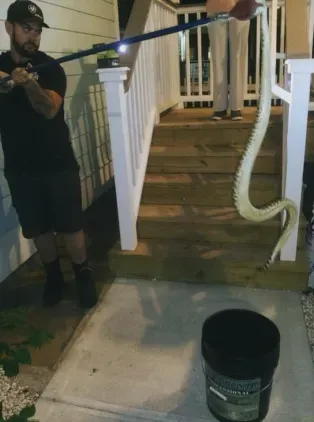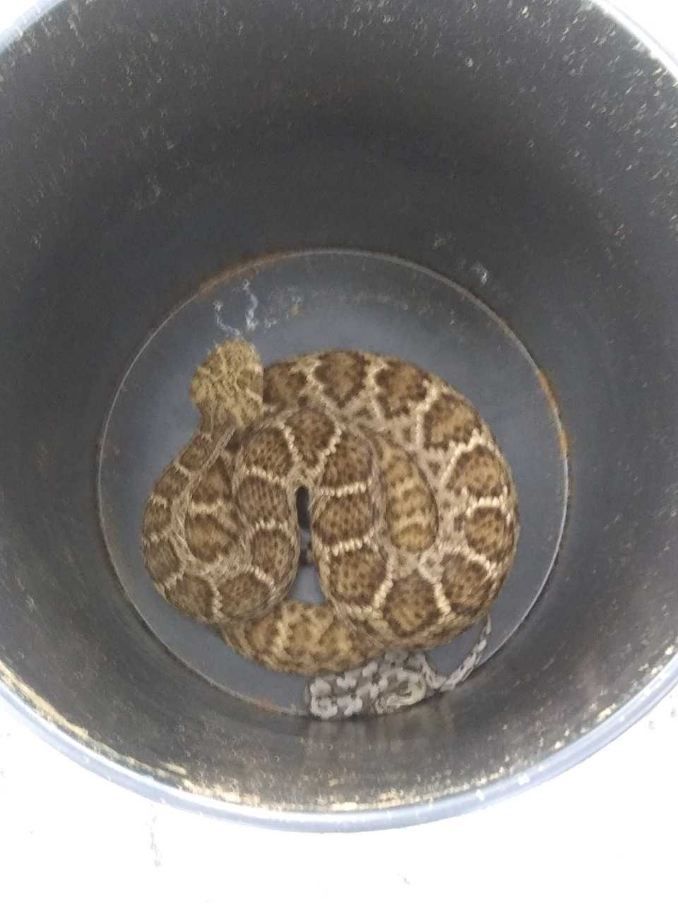Need Snake Control?
Nolan Wildlife Control, LLC offers professional snake removal services for swift and safe removal of unwanted snakes from your property.
Snake Removal Houston TX
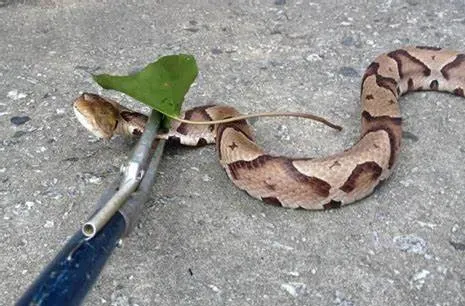
Houston Texas has four common venomous snakes, including the copperhead, rattlesnake, cottonmouth, and coral snake. Because snakes cannot regulate their own body temperature and rely on the sun to do it for them, they are usually found in warm areas. Many snakes do not like to be out in the open, so they can be found in high grass/wooded areas, under rocks, and under porches. So, whether you’re facing a den of snakes on your property or just notice one snake, Nolan Wildlife Control Houston, TX can help with Snake Control—call 832.696.4129 today!

What Attracts Snakes To Your Property?
Homeowners should understand that the presence of rodents and small animals in their yards can attract snakes to their property. Snakes can infiltrate your home through small openings, which is why wildlife exclusions are imperative to prevent these pests from gaining entry. While many snakes are non-venomous, it is critical to never attempt to remove a snake on your own. Even attempting to kill a snake can lead to grave consequences if it is venomous. Some snakes possess a striking distance of up to two-thirds of their total body length, so it is essential to always maintain a safe distance and call a professional immediately.
Venomous Snake Removal Houston TX

Types Of Venomous Snakes Found in Houston Texas
Copper Head
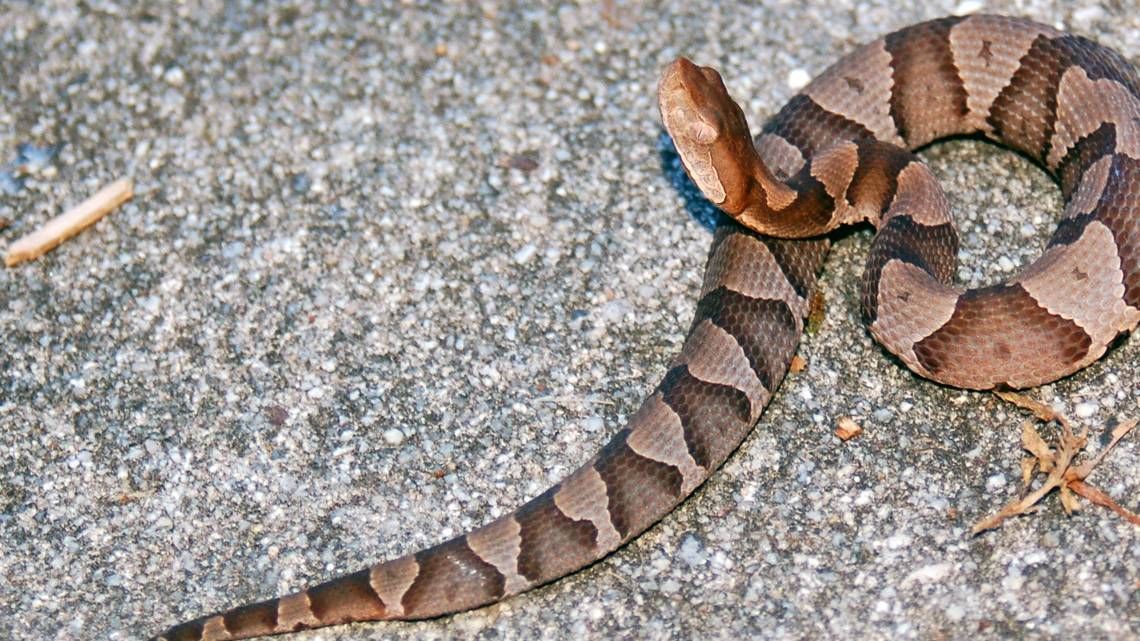
Copperhead (pictured) — Adult copperheads can grow up to 36 inches long, and they’re characterized by their orange and brown pattern. The pattern on their side resembles hershey kisses.
Rattle Snake
There are upwards of three dozen species of rattlesnakes, and some have been known to grow up to 8 feet in length (diamondback rattlesnake). They’re easily characterized by their rattle, used to warn approaching threats. In Houston and the surrounding areas you may come across a western diamond back, timber rattler, or prairie rattlesnake. All of which are venomous and should be avoided and given space. A snake can strike 1/3 to half of its body legth. So an 8 foot snake could have a striking distance of 3 to 4 feet. Always keep your distance and call us for help!
Cotton Mouth

Cottonmouth—Also known as water moccasins, a fully grown cottonmouth snake can reach up to four feet in length. Cottonmouths have large, triangular heads and are brow/black in color. Aquatic in nature, cotton mouths are night feeders and will search land for frogs and rodents. We catch alot of these guys in Katy, TX because of the canals and drainage ditches there. Always use a flashlight when walking your dog at night!
Coral Snake
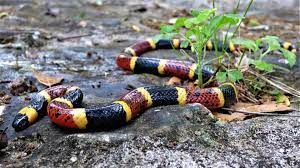
Coral snake—With unique black and red stripes, coral snakes are thin and relatively small, only reaching up to 20 inches.

Snake Identification
Identifying a snake can be a complex task due to the wide range of body patterns and colors that different species exhibit. To make matters worse, individual snakes can also have varying colors based on their habitat, age, or season, which adds to the difficulty. Even non-venomous snakes can carry harmful bacteria like salmonella, which can pose a serious health risk to humans. Therefore, if you are uncertain about the type of snake you are dealing with, it’s best to keep a safe distance and call a professional for help!
Non-venomous Snakes
Non-venomous snakes are typically elongated in shape and have a head that blends seamlessly into the rest of their body. They have round pupils which are similar to those of humans and other mammals. Non-venomous snakes’ pupils are of a circular or round shape with no elongation. Species of non-venomous snakes include corn snakes, king snakes, garter snakes, rat snakes, hog-nosed snakes, dekay’s brown snakes, and plain-bellied water snakes.
Non-venomous snakes are not equipped with fangs and do not deliver venom. They usually have small teeth or rough patches of flesh along their gums to help them effectively capture and consume prey such as mice. In instances where snake identification is unclear, always seek the assistance of a wildlife professional, even if a snake is not venomous it could still pose a threat.
Venomous Snakes
Apart from the coral snake, all the venomous snakes you’ll find in the USA are said to be pit vipers. A quick way to gauge whether a snake is venomous or not is to check the shape of its head. Venomous snakes often have triangularly shaped heads and have a defined neck. Their body shape is also plump in comparison to non-venomous snakes. Pit vipers: such as Rattlesnakes, water moccasins, and copper heads are all venomous snakes with cat-like elliptical pupils.
Coral snakes are a species of venomous snakes called Elapids. They do not follow any of your typical venomous snake characteristics. Therefore, these are only clues in helping you identify venomous snakes that won’t necessarily help you in an emergency. When in doubt it’s best to call the professionals at Nolan Wildlife.

